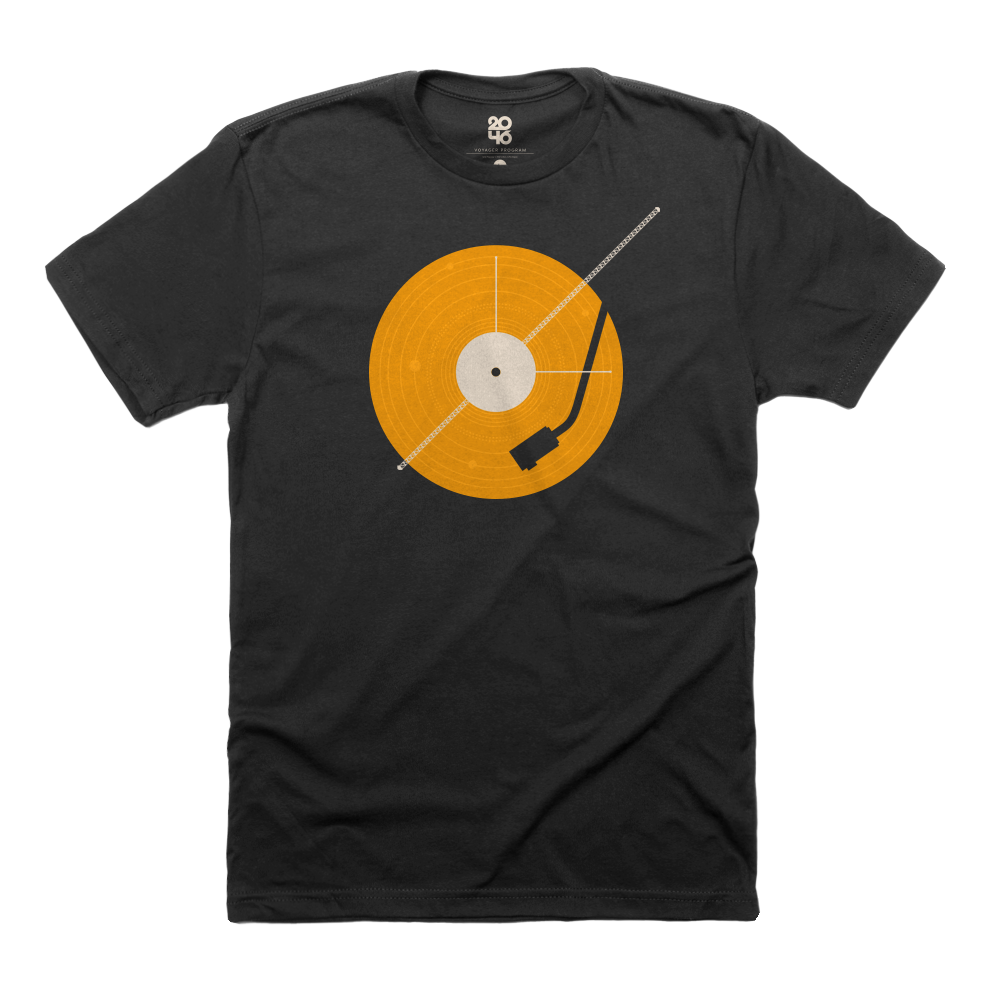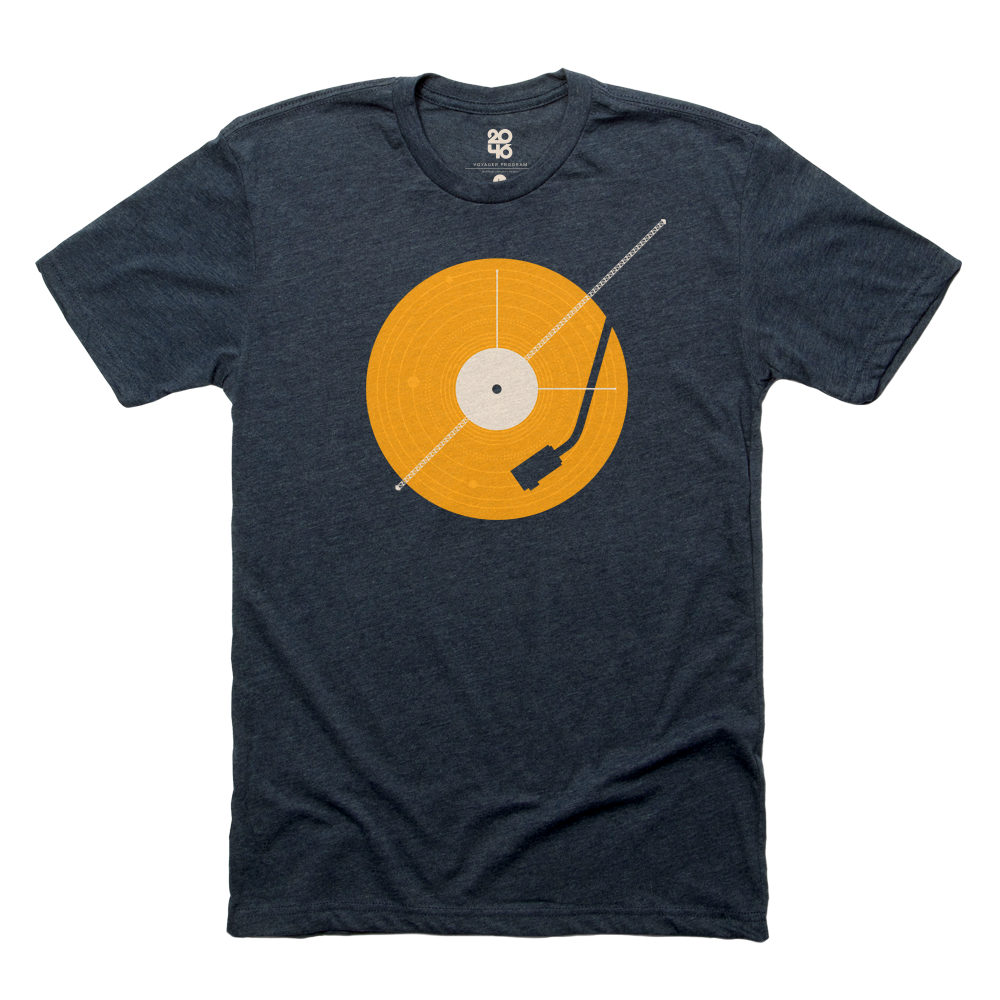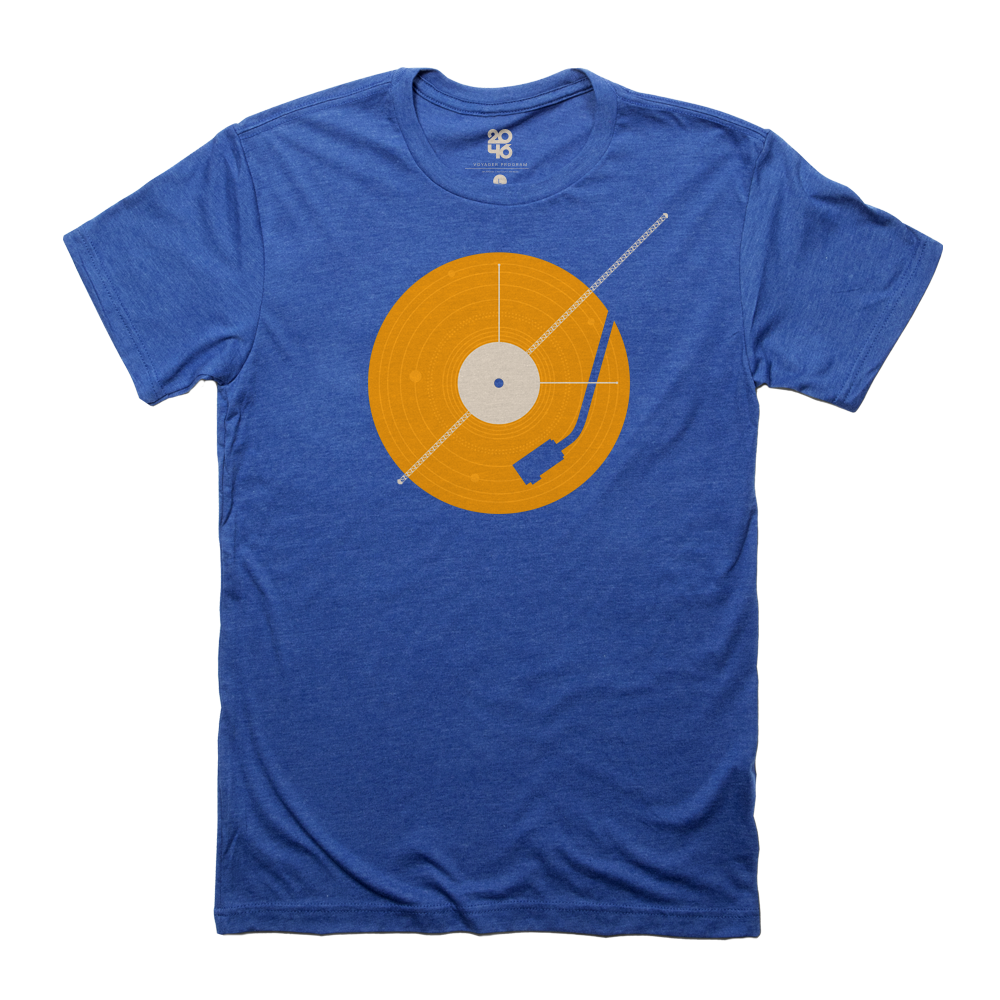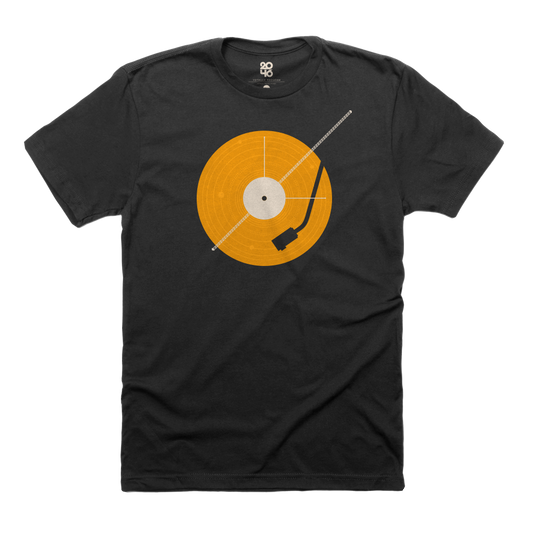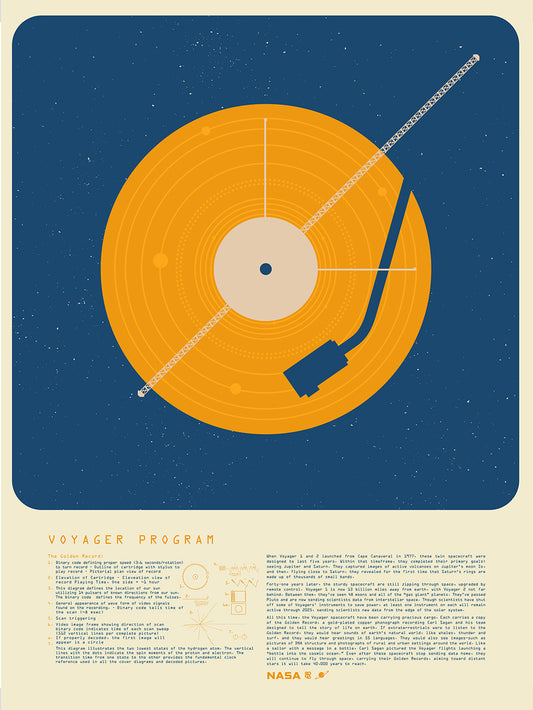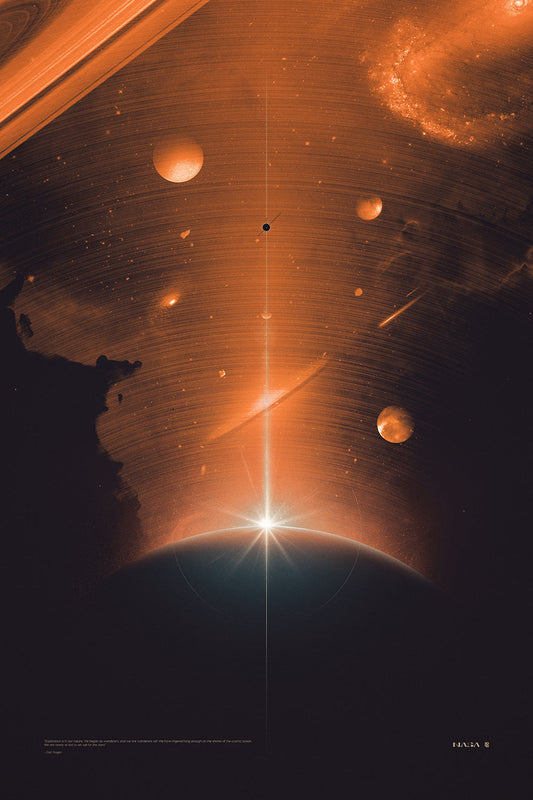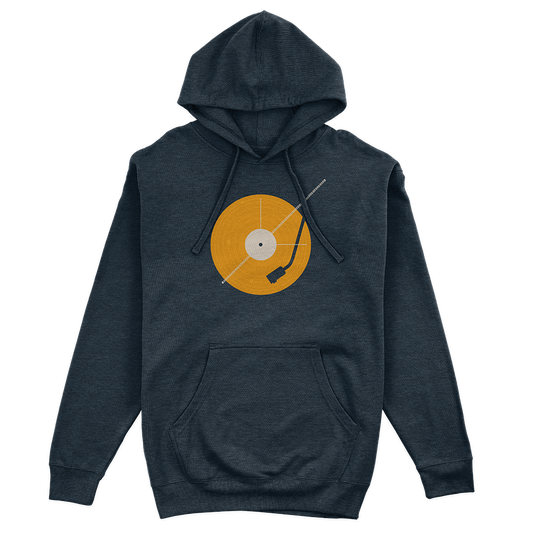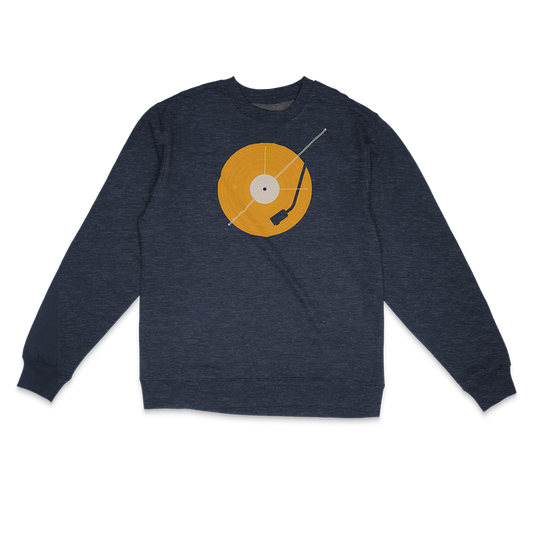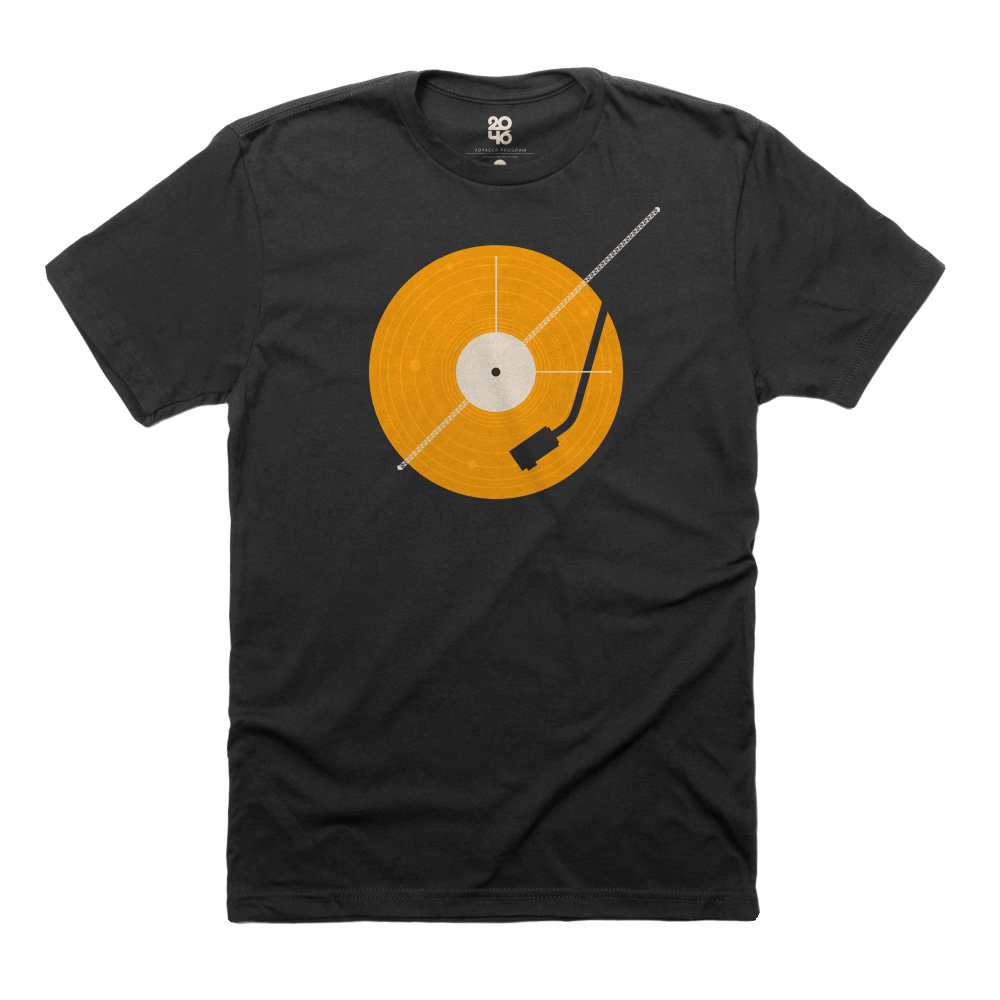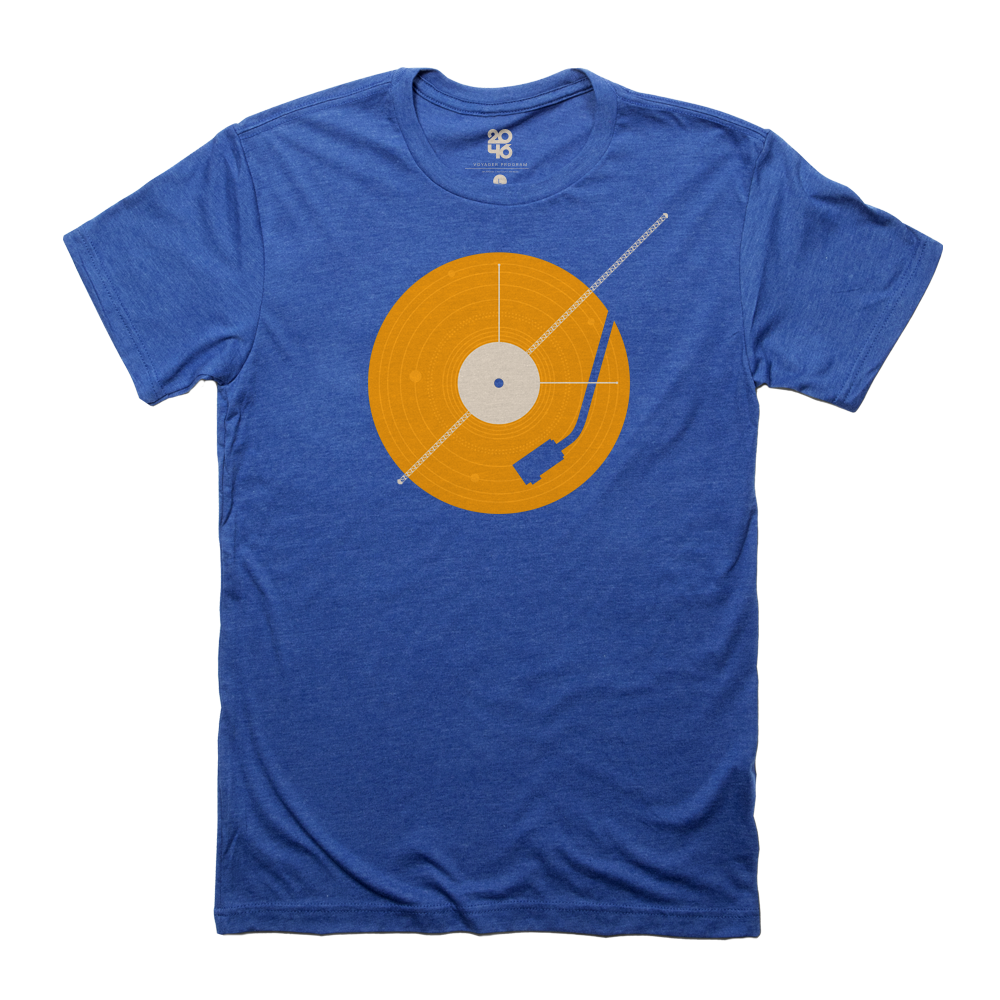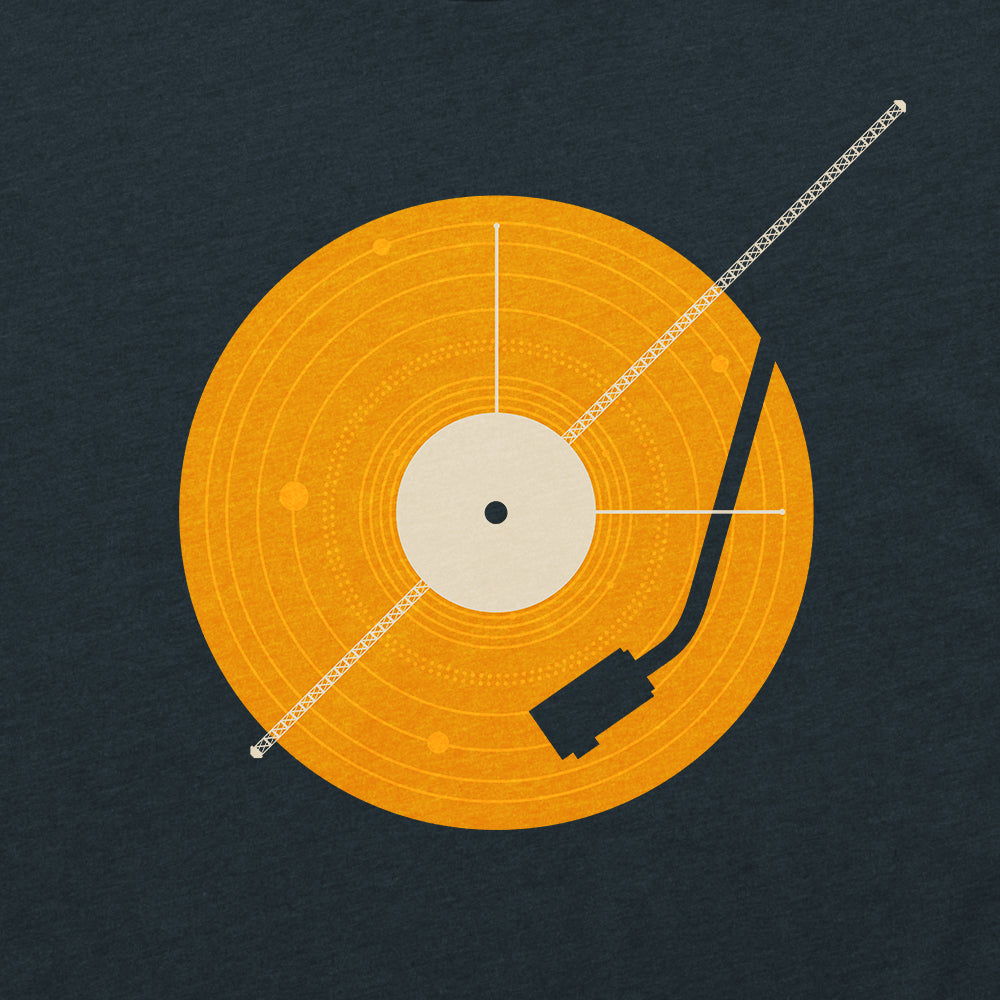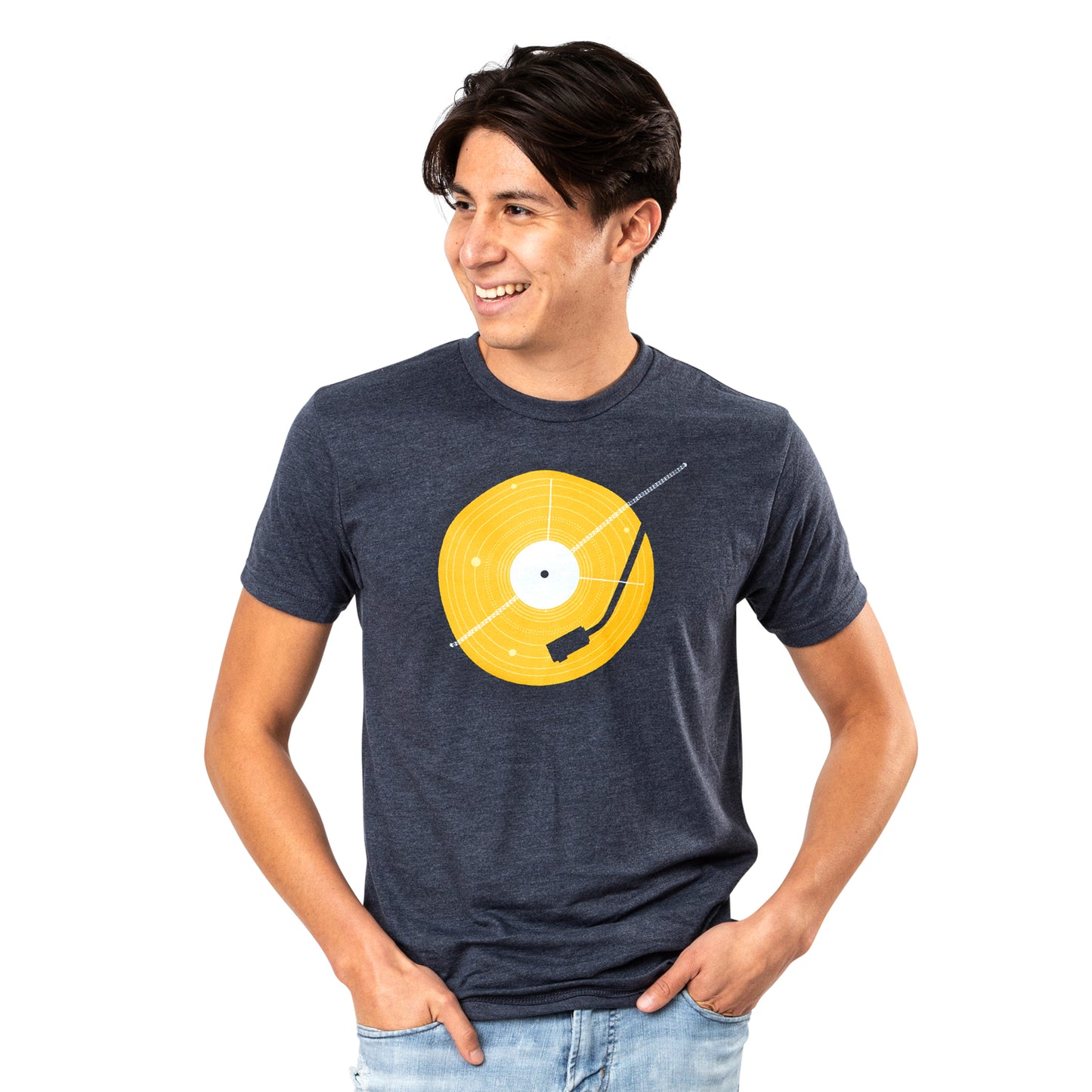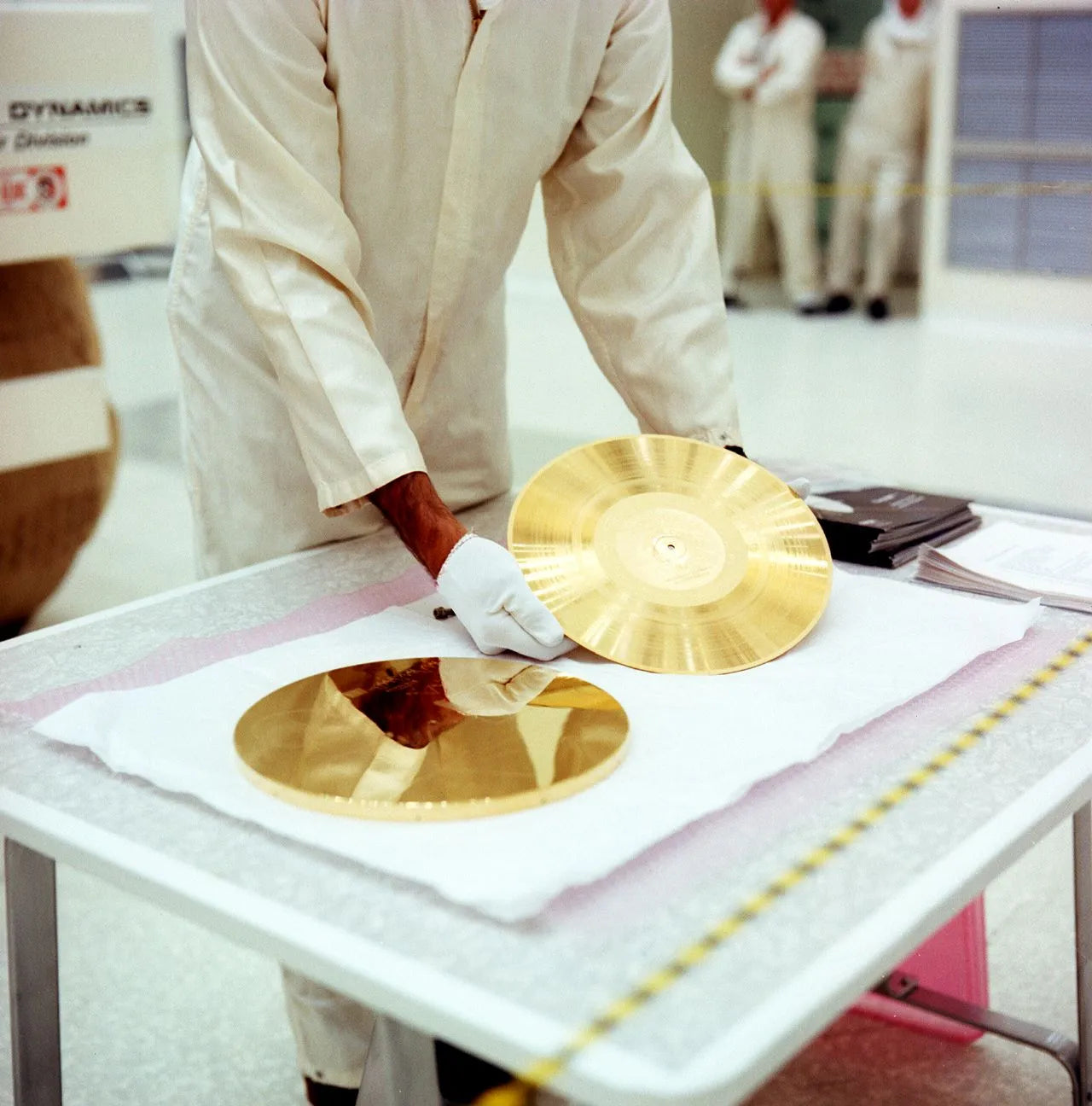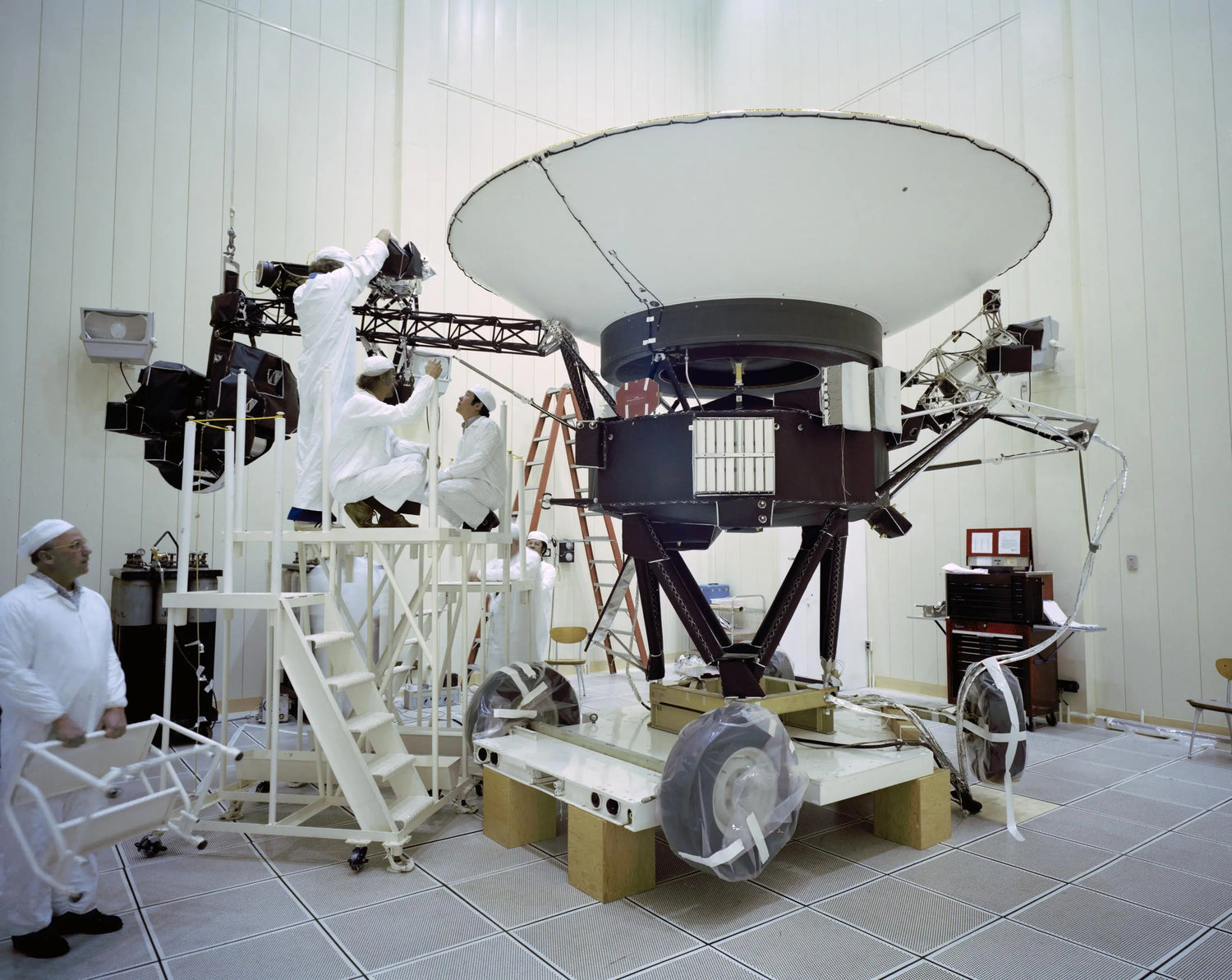
The Voyager Program, launched by NASA in 1977, consists of two robotic spacecraft, Voyager 1 and Voyager 2, designed to explore the outer planets and beyond. These spacecraft have provided humanity with unprecedented insights into the gas giants—Jupiter, Saturn, Uranus, and Neptune—revealing details about their moons, rings, and magnetic fields. Voyager 1, now the farthest human-made object from Earth, has entered interstellar space, continuing to send back data about the outermost reaches of the Sun's influence. The program represents a monumental achievement in human exploration, pushing the boundaries of our understanding of the solar system and the cosmos.
2046printshop
Voyager Program

The Golden Records aboard the Voyager probes are time capsules intended to communicate the story of Earth to any extraterrestrial life that might encounter them. Each record, made of gold-plated copper, contains sounds and images selected to portray the diversity of life and culture on our planet. Curated by a team led by Carl Sagan, the records include music from various cultures, greetings in 55 languages, natural sounds, and images depicting life on Earth. The Golden Records serve as a symbolic message from humanity, encapsulating our desire to connect with the cosmos and share our existence with the universe.
2046 Print Shop
Voyager Records
-
Voyager Program
Regular price From $32.00 USDRegular priceUnit price per -
Interstellar
Regular price From $32.00 USDRegular priceUnit price per -
Voyager Technical Drawing
Regular price From $32.00 USDRegular priceUnit price per -
Low stock
Voyager Records
Regular price From $32.00 USDRegular priceUnit price per -
Voyager Program
Regular price From $35.00 USDRegular priceUnit price per -
Voyager Hoodie
Regular price From $49.00 USDRegular priceUnit price per -
Voyager Sweatshirt
Regular price From $48.00 USDRegular priceUnit price per -
Interstellar - Women's Cut
Regular price From $32.00 USDRegular priceUnit price per -
Voyager Tote Bag
Regular price $18.00 USDRegular priceUnit price per
View our entire NASA collection.


